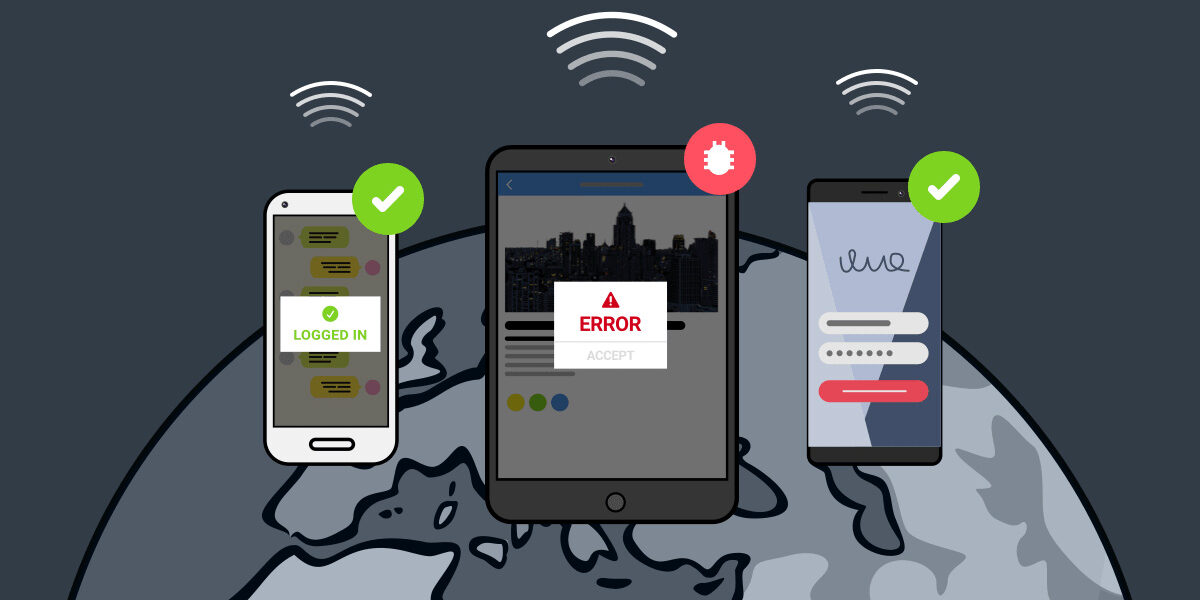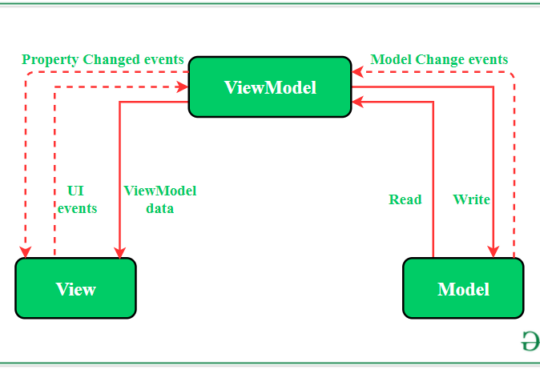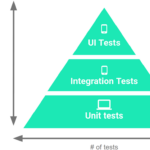
Debugger and App Tracker for Applications
 In the dynamic world of mobile app development, debugging tools are indispensable. They help developers diagnose, fix, and enhance the performance of applications. With an array of options available, choosing the right tool can be daunting. Here’s a comprehensive look at some of the best mobile application debugging tools for 2024, each offering unique features to streamline your development process.
In the dynamic world of mobile app development, debugging tools are indispensable. They help developers diagnose, fix, and enhance the performance of applications. With an array of options available, choosing the right tool can be daunting. Here’s a comprehensive look at some of the best mobile application debugging tools for 2024, each offering unique features to streamline your development process.
1. Android Studio Debugger
Android Studio is the official Integrated Development Environment (IDE) for Android development, and its debugger is packed with powerful features:
- Real-time debugging: Step through your code in real-time to identify issues.
- Memory profiling: Track memory usage and detect leaks.
- Network profiling: Inspect HTTP requests and responses.
- APK Analyzer: Examine the contents of your APK files to understand size contributions.
2. Xcode Debugger
For iOS development, Xcode is the go-to IDE, and its built-in debugger offers robust functionality:
- LLDB integration: Provides a powerful command-line debugger.
- View debugging: Visualize your UI and identify layout issues with the View Debugger.
- Performance tools: Instruments in Xcode help in performance profiling and optimization.
- Symbolication: Convert crash reports into readable stack traces to diagnose issues.
3. Flipper
Flipper is a versatile debugging platform for both iOS and Android applications:
- Visual inspection: Examine the hierarchy and layout of your app’s UI.
- Network debugging: Monitor and analyze network traffic.
- Database inspection: Inspect and modify local databases.
- Plugin support: Extend functionality with various plugins, including custom ones.
4. Firebase Crashlytics
Crashlytics is a powerful tool for crash reporting and diagnostics:
- Real-time crash reporting: Get detailed crash reports and stack traces.
- User insights: Understand the impact of crashes on your users.
- Analytics integration: Combine crash reports with user behavior analytics for deeper insights.
- Custom logs and keys: Add context to your crashes for easier debugging.
5. Charles Proxy
Charles Proxy is a web debugging proxy application used to monitor network traffic:
- HTTPS decryption: View and decrypt HTTPS traffic to debug secure communication.
- Bandwidth throttling: Simulate different network speeds to test app performance.
- Request modification: Modify requests and responses to test different scenarios.
- Comprehensive logging: Detailed logs of all network traffic for analysis.
6. LeakCanary
LeakCanary is a specialized tool for detecting memory leaks in Android applications:
- Automatic leak detection: Automatically identifies and reports memory leaks.
- Heap dumps: Analyze heap dumps to find the root cause of memory leaks.
- Detailed reports: Provides detailed reports and suggestions for fixing leaks.
- Easy integration: Simple setup with minimal configuration required.
7. Instabug
Instabug is a powerful bug reporting tool that integrates seamlessly into your app:
- In-app feedback: Users can report bugs directly from within the app.
- Detailed reports: Capture screenshots, logs, and user steps for comprehensive bug reports.
- Crash reporting: Monitor and analyze crashes with detailed reports.
- Real-time updates: Receive real-time notifications of new bugs and crashes.
8. RobotQA Plugin
RobotQA offers cloud debugging for Android. Using plugin, developers can debug their applications on real devices.
- Real device: Over 35 Android real devices
- Cloud debugging: Debugging on cloud devices
- Live usage: Use phone remotely when your debug is active
- Report: Take reports including video, logs etc.
Plugin Page: Github
9. DebugDrawer
DebugDrawer is a handy tool for Android developers, providing a simple and customizable debug drawer:
- UI inspection: Inspect UI elements and their properties.
- Network logging: Log and analyze network requests.
- Preferences inspection: View and modify SharedPreferences.
- Customizable: Add custom tools and information to the debug drawer.
Conclusion
Choosing the right debugging tool depends on your specific needs and the platforms you’re targeting. Whether you’re developing for Android, iOS, or both, there’s a tool that can help streamline your debugging process and improve your app’s quality. By integrating these tools into your workflow, you can identify and resolve issues more efficiently, ultimately delivering a better experience to your users.










